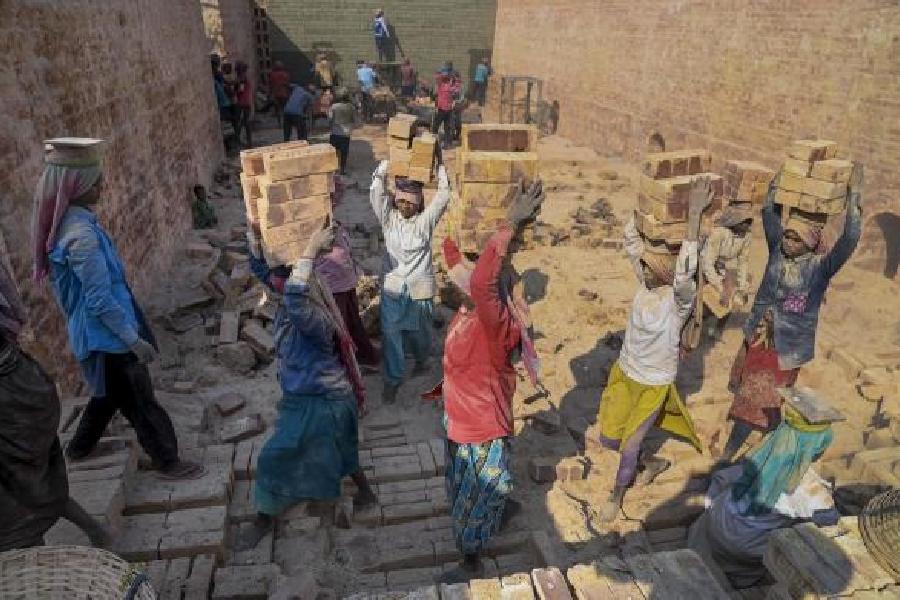In the heart of Dwarka, South-West Delhi, a 40-year-old security guard tirelessly patrols a park, clocking in eight hours of labour every day a week, for a monthly salary of Rs 9,000.
His reward is, however, a stark contrast to the officially mandated minimum wage of Rs 17,234.
Employed under a contractor, who takes a hefty chunk from the meagre salary provided by the Delhi Development Authority (DDA), which oversees the park's maintenance, this guard finds himself in a precarious position. "If I dare to take a day off, the contractor swiftly withholds my wage for that day," laments the guard, a father of two school-going children.
The grim reality extends far beyond this individual case. The India Employment Report 2024, recently unveiled by the Institute of Human Development (IHD), paints a distressing picture. Over 60 per cent of casual workers across the nation find themselves denied the minimum wage they are entitled to, according to the report released on Tuesday.
“As much as 62 per cent of the unskilled casual agriculture workers and 70 per cent of such workers in the construction sector at the all-India level did not receive the prescribed daily minimum wages in 2022,” the report said.
Labour economist Ravi Srivastava, one of the key figures behind the India Employment Report 2024, highlighted the systemic exploitation faced by unskilled workers contracted through intermediary entities. These workers, Srivastava emphasised, often find themselves shortchanged as contractors siphon off a portion of their earnings, leaving them deprived of even the basic minimum wage.
“My wife works in a grocery shop as a salesperson. Our total earnings are less than Rs 20,000 a month. We stay on rent. We barely manage to survive,” the security guard said.
The report outlines a concerning trend — the scarcity of quality jobs due to insufficient job creation in higher-productivity manufacturing and service sectors post-2019. Between 2000 and 2019, there was a notable shift in employment from low-productivity agriculture to relatively higher-productivity non-agricultural sectors. However, this momentum slowed and ultimately reversed between 2019 and 2022, indicating a worrisome regression in employment patterns.
“This surge can be attributed to individuals returning to subsistence activities in agriculture due to the lack of work opportunities outside the agriculture sector that was exacerbated by the pandemic-related economic slowdown,” it said.
“There is a supply side constraint which has been highlighted by various surveys that find youths lacking skills and are not employable. We have analysed that issue too and found the skill ecosystem has failed to deliver. This apart, we found there is a significant demand constraint on the employment side. There are not enough jobs being generated of adequate quality,” Srivastava said.
“The better quality jobs are concentrated among youths with a high level of education. But a high section of educated youths remain jobless for varying reasons such as poor job creation or their education and skilling being of low standard,” Srivastava said.











